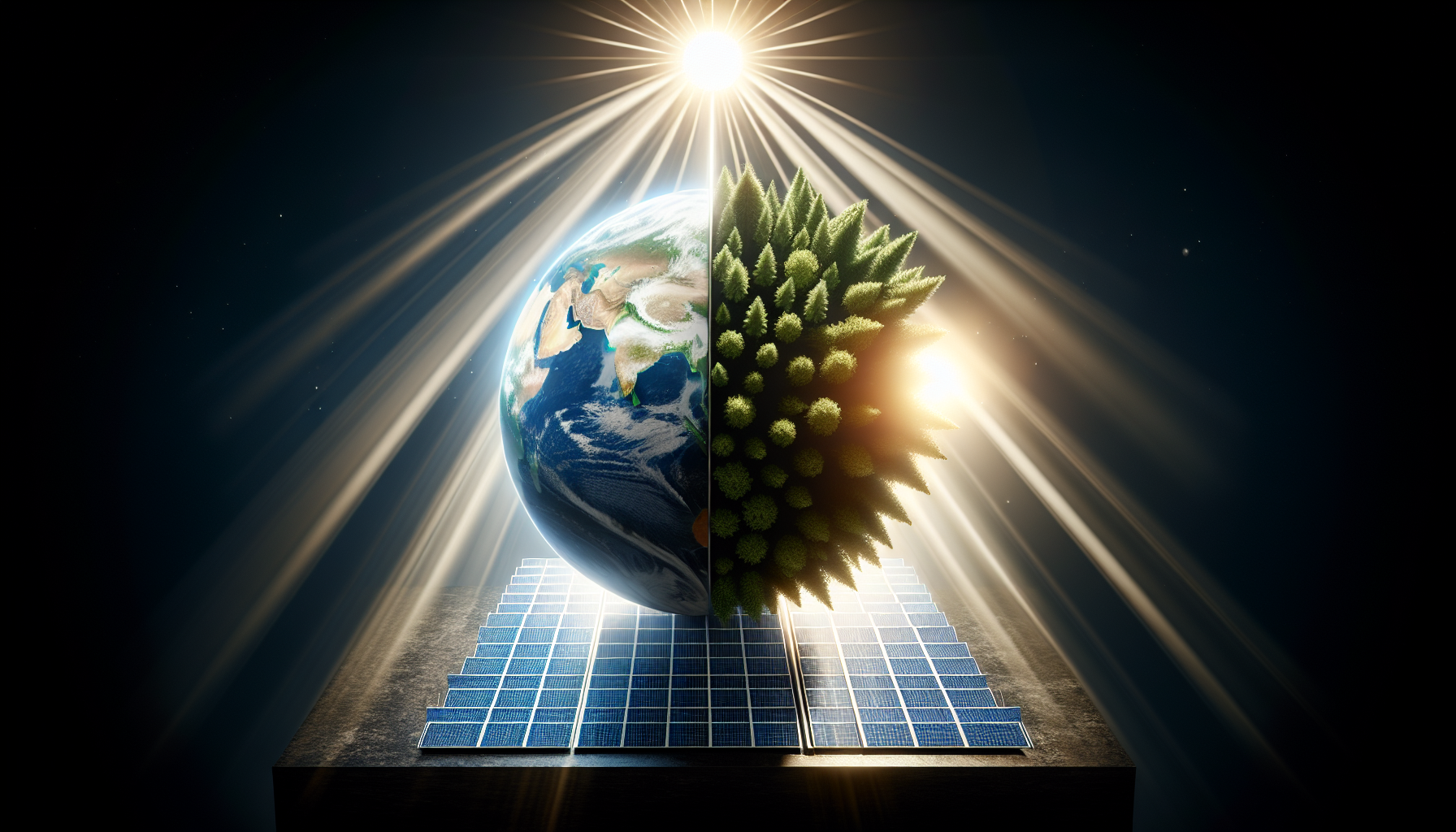Unraveling the Solar Power Paradox: A Looming Crisis for Global Electrical Grids
February 15, 2025
In recent years, solar energy has emerged as a shining beacon of hope in our quest for sustainable and eco-friendly power. Yet, amidst this promising backdrop lurks an unexpected challenge that could potentially destabilize electrical grids worldwide—an issue most acutely felt in countries like Pakistan and South Africa.
A Tale as Old as Utilities
The concept of a public utility, first imagined by Frederick Winsor in 1812, revolutionized energy consumption. Instead of each household individually procuring their own energy through coal or firewood, Winsor's Gas Light and Coke Company piped energy directly to homes. This model of "energy as a service" flourished globally by offering efficiencies of scale, reducing costs for consumers, and streamlining energy distribution networks. It harnessed the idea of centralization, leveraging varied consumer demand to optimize resource distribution.
The Rise of Solar and the Grid Challenge
In stark contrast, today's solar boom is decentralizing energy production. Solar technology allows individual households and businesses to generate their own power independent of traditional utility companies. While this offers tremendous benefits—such as reducing carbon footprints and lowering energy costs—it poses significant challenges for existing electrical grids designed around centralized power generation.
As more consumers switch to solar, traditional utility companies struggle to balance electricity supply and demand. This shift reduces the number of customers relying fully on the grid, thus shrinking the pool over which fixed infrastructure costs are spread. Consequently, utilities often find themselves in a financial death spiral: needing to raise prices to cover costs, which drives even more customers to self-sufficiency through solar investments.
Lessons from Pakistan and South Africa
Pakistan and South Africa serve as cautionary tales. Each country has seen extensive adoption of solar technology due to ample sunshine and attractive economics. However, these advances have put considerable strain on aging grid infrastructures, leading to increased instability and frequent outages. The economic ramifications are severe, with utility providers grappling with reduced revenues and increased maintenance costs.
A Global Wake-Up Call
The experiences of Pakistan and South Africa are not isolated incidents but rather harbingers of a potential global crisis in energy management. As countries strive toward decentralization, the need for innovative grid solutions becomes critical. Investing in smart grid technologies, enhancing energy storage systems, and implementing dynamic pricing models can offer a path forward.
It's essential that policymakers, energy companies, and technology innovators collaborate to create resilient grids capable of integrating burgeoning renewable energy resources while still ensuring stability and reliability. Without these efforts, the solar revolution's unintended consequences could eclipse its remarkable benefits.
Final Thoughts
The transition to renewable energy is undoubtedly crucial for sustainable development, but it brings with it complexities that require thoughtful navigation. As we continue to embrace solar power, understanding and addressing its impact on traditional grid systems will be key to ensuring a balanced, equitable, and efficient energy future.
Stay informed and prepared as we venture into this new energy era. Explore more on renewable energy innovations and solutions in our upcoming analyses and reports.
